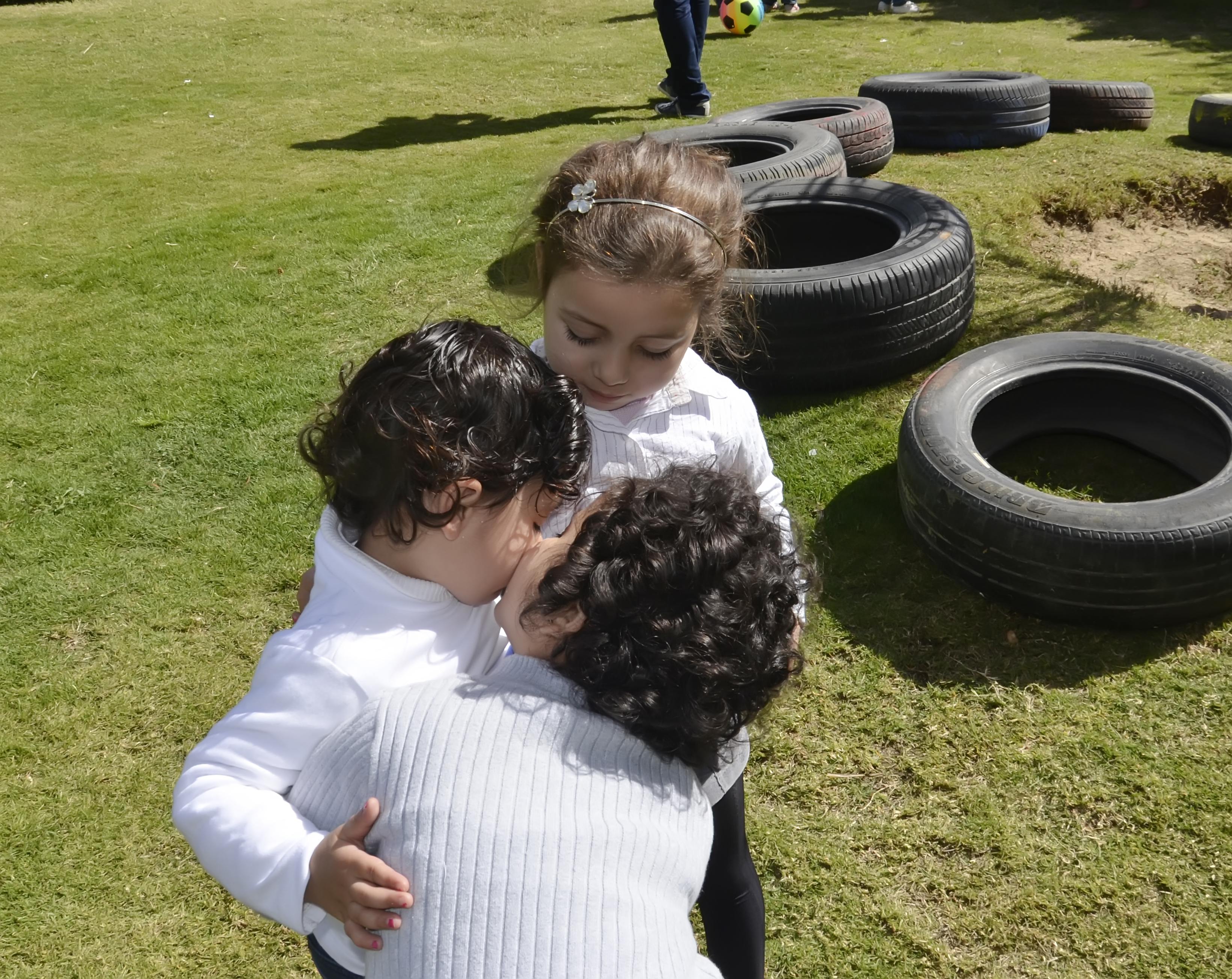How to ease separation anxiety?
"Infants have two principle tasks to accomplish", say Greenspan and Lieberman (1989). The first is to achieve homeostasis which is a balance between needs and assimilations like being hungry, thirsty, wet...etc. The second task is forming an attachment to the primary caregiver which is in most cases the mother and in other cases the grandmother, the father or a babysitter.
It is very interesting what some researchers say that there is a critical period for this attachment to form right after the delivery. That’s why they put your baby on you right after delivery. There are no clear boundaries for this critical period, but mothers and infants who fail to be exposed to each other during this sensitive period shortly after birth may fail to bond which is detrimental to future adjustment and emotional health of the child.
But I have seen mothers who had to put their infants in an incubator and couldn’t touch them for a long time and still achieved bonding. And on the other hand I have also seen mothers who met with their infant's right after delivery and say they feel no attachment to the child. So I think it has to do with a lot of mixed factors like; if the mother wanted the baby or not, genetics and emotional well-being.
According to Ainsworth's strange situation; there are 4 types of attachment as follows:
- Securely attached: where the child uses the mother as a base from which to explore; when they visit the preschool he will go play and come back to the mom every now and then. The securely attached child will be upset when the mother leaves but is quickly soothed when she returns; greets her positively on return.
- Insecure avoidant:The child rarely cries when the mother leaves, ignores or actively avoids her when she returns, sometimes not even looking at her.
- Insecure resistant: The child is very upset when mother leaves; is often angry when she returns and may push her away or hit her.
- Disorganized/Disoriented: Where the child may have contradictory reactions to separation and reunion; may cry for the mother but runs away when she returns or approaches her while looking away.
So how do I do the preschool transition smoothly?
The first thing is to give it enough time; a lot of parents bring in their children assuming they will spend the whole day instantly. Others want to finish the process within a couple of days. Some children could achieve this but most children need more time. So if you are a working mom I would advise you to give it from 1 week to 1 month according to the child's reaction and type of attachment.
STEPS:
- A Tour: The first step is a tour around the preschool you have already chosen for your child (Do Not take the child when you are still undecided). You will take a tour around the premises with your child, show him /her the teachers, the class and the bathroom and allow the child to play in the garden where he can see you sitting at a distance.
- Short Visits:The child visits the preschool everyday with his parent always within view and when the child starts to feel comfortable in the place the parent can be waiting nearby but not where the child can see him/her.
- The Goodbye: when the child returns to the parent decreases and the child remains engaged in play for an hour, then the parent could tell the child she's going to get something and ask the child what she would like her to bring along upon return.
IT IS VERY IMPORTANT TO MAKE SURE YOUR CHILD KNOWS YOU ARE LEAVING. If you sneak out without telling the child, it will lead to severe insecurity and mistrust.
- Final Step: is to gradually increase the time your child spends by herself at the preschool starting with half an hour till you reach your goal of spending a whole day.
By Dr.Mona Youssri
Child psychiatrist & CLC owner

